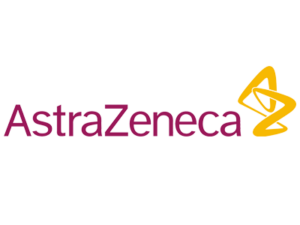Presented by Dr Guilherme Nader-Marta (Dana Farber Cancer Institute, Boston, MA, USA)
DNADX is a novel machine learning-based approach that uses DNA copy-number aberration data from plasma ctDNA to identify clinically relevant phenotypic tumor features and classify breast cancers into 5 groups. During SABCS 2024, Dr Guilherme Nader-Marta (Dana Farber Cancer Institute, Boston, MA, USA) presented a poster looking into the potential of this assay to predict the prognosis and treatment benefit of continued therapy with a CDK4/6 inhibitor beyond progression in patients with advanced ER+/HER2- breast cancer.
For this analysis, data were used from the PACE study, a phase II clinical trial that randomized 220 patients with HR+/HER2- advanced breast cancer after progression on an AI and a CDK4/6 inhibitor to receive fulvestrant alone (F), F plus palbociclib (F+P), or F+P and avelumab (F+P+A). DNADX was evaluated in baseline plasma samples from 149 patients revealing a predominance of the luminal-high and tumor fraction (TF)-low subtype. The 5-group DNADX classification at baseline was significantly associated with PFS in both univariate and multivariable analyses. Interestingly, the addition of palbociclib to F (with or without A) significantly improved the PFS in the DNADX Luminal-high group. Adding avelumab to F+/-P also showed a nonsignificant trend for a better PFS in the DNADX TF-low group. Similarly, DNADX plasma TF above the median proved to be associated with a significant PFS benefit from the addition of palbociclib, while a DNADX plasma TF below the median was associated with a nonsignificant trend for a better PFS benefit with the addition of avelumab.
In conclusion, the DNADX assay revealed substantial biological heterogeneity after progression on CDK4/6 and AI. In addition, DNADX may help to identify a patient population that derives most benefit from continuation of CDK4/6 inhibition after progression.
References:
Nader-Marta, et al. SABCS 2024, Abstract PS2-09
Made possible with the financial support of our partners.
All videos are developed independently and are non-promotional.


